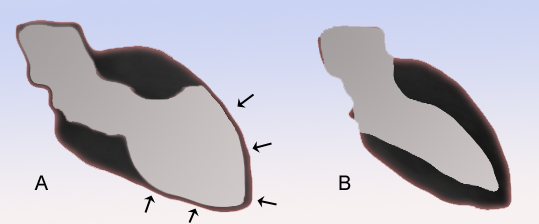
Error bars | Nature Methods
Nature Methods volume 10, pages 921–922 (2013 )Cite this article
Last month in Points of Significance, we showed how samples are used to estimate population statistics. We emphasized that, because of chance, our estimates had an uncertainty. This month we focus on how uncertainty is represented in scientific publications and reveal several ways in which it is frequently misinterpreted.
The uncertainty in estimates is customarily represented using error bars. Although most researchers have seen and used error bars, misconceptions persist about how error bars relate to statistical significance. When asked to estimate the required separation between two points with error bars for a difference at significance P = 0.05, only 22% of respondents were within a factor of 2 (ref. 1). In light of the fact that error bars are meant to help us assess the significance of the difference between two values, this observation is disheartening and worrisome.
Here we illustrate error bar differences with examples based on a simplified situation in which the values are means of independent (unrelated) samples of the same size and drawn from normal populations with the same spread. We calculate the significance of the difference in the sample means using the two-sample t-test and report it as the familiar P value. Although reporting the exact P value is preferred, conventionally, significance is often assessed at a P = 0.05 threshold. We will discuss P values and the t-test in more detail in a subsequent column.









